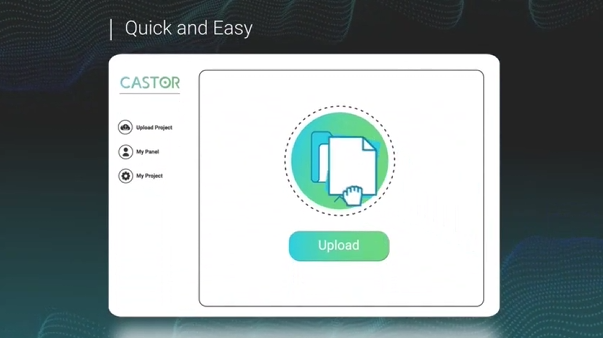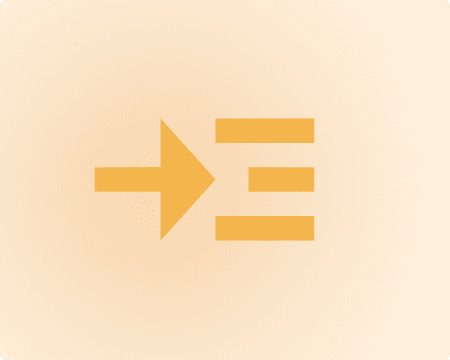© 2025 Hexagon AB and/or its subsidiaries
© 2025 Hexagon AB and/or its subsidiaries

Optimize manufacturing and increase profitability by using industrial 3D Printing
CASTOR is a leading industrial 3D Printing software company that enables manufacturers to optimize manufacturing and increase profitability by using industrial 3D Printing. CASTOR solves the challenge of identifying where, when, and how to utilize the benefits of additive manufacturing, by automating the process of screening parts and highlighting the parts that make a good business case for AM.
CASTOR's software can analyze thousands of parts at once and identify opportunities where Additive Manufacturing makes sense, from a technical, economical, and sustainable point of view. Whether a company's initiatives are cost reduction, sustainability, or supply chain resilience, CASTOR helps engineers scale the AM journey.
CASTOR is quick and easy to use. Upload your 3D CAD files or 2D drawings from your integrated PLM or AM platform or load them into CASTOR’s software and receive a report with insights and recommendations.
Benefits And Features
Material Properties Analysis
Comparing the 3D printed parts’ mechanical properties to traditional manufacturing material properties.
Geometry Limitations Analysis
Checking whether each feature within the parts stands in the manufacturability of 3D Printing.
Stress Analysis
Considering external loads acting upon parts, using a unique-to-AM Finite Elements Analysis.
You might be interested in...
Training and Resources

Optimize manufacturing and increase profitability by using industrial 3D Printing
CASTOR is a leading industrial 3D Printing software company that enables manufacturers to optimize manufacturing and increase profitability by using industrial 3D Printing. CASTOR solves the challenge of identifying where, when, and how to utilize the benefits of additive manufacturing, by automating the process of screening parts and highlighting the parts that make a good business case for AM.
CASTOR's software can analyze thousands of parts at once and identify opportunities where Additive Manufacturing makes sense, from a technical, economical, and sustainable point of view. Whether a company's initiatives are cost reduction, sustainability, or supply chain resilience, CASTOR helps engineers scale the AM journey.
CASTOR is quick and easy to use. Upload your 3D CAD files or 2D drawings from your integrated PLM or AM platform or load them into CASTOR’s software and receive a report with insights and recommendations.
Getting to know CASTOR
Getting to know CASTOR
Click to learn more about CASTOR.

Getting to know CAST...
Click to lea...
Take advantage of various learning opportunities
Visit the Nexus Academy Catalog for a complete list of educational content. You can enroll for training, complete self-paced courses, register for distance learning, classroom instruction, live training events, and download or print your completion certificate.

Dive into our documentation to explore the full potential of our product offerings
Your ultimate resource for practical guidance and support. Here you’ll find a wealth of step-by-step how-to guides, detailed tutorials, and handy tips and tricks. Whether you’re troubleshooting an issue or looking for ways to optimize your use of our products, our Documentation Center provides clear and concise information to help you get the most out of your experience.

Downloads are only available on the desktop version. Please access our site from a desktop to download.
No Downloads